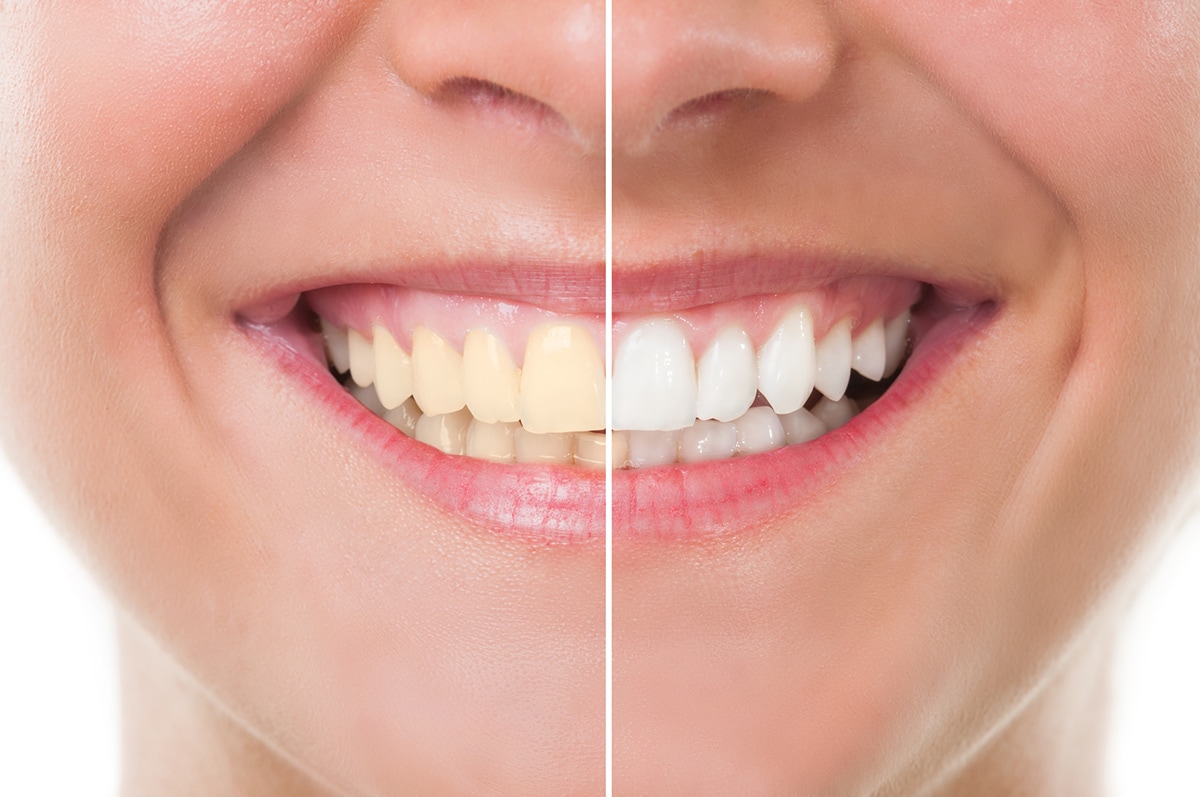- Phone: 08821 - 226692
- +91 - 9885057683
- Mon-Sat (10.30 AM - 8 PM)
- Book an Appointment
Cosmetic dentistry
Cosmetic dentistry is generally used to refer to any dental work that improves the appearance (though not necessarily the functionality) of teeth, gums and/or bite. It primarily focuses on improvement in dental aesthetics in color, position, shape, size, alignment and overall smile appearance. Many dentists refer to themselves as "cosmetic dentists" regardless of their specific education, specialty, training, and experience in this field. This has been considered unethical with a predominant objective of marketing to patients. The American Dental Association does not recognize cosmetic dentistry as a formal specialty area of dentistry.
What Does a Cosmetic Dentist Do?
A cosmetic dentist is responsible for a variety of procedures — from minor fixes to major surgeries. Here are a few of the cosmetic procedures they offer.
Teeth Whitening
Teeth whitening is one of the most basic cosmetic dentistry procedures—as well as one of the least expensive. Over time, teeth can become stained from food, drinks, medications, or other habits like smoking. Many people turn to teeth whitening to make their smile brighter.
After teeth have been cleaned of plaque, tartar, and other debris, teeth whitening can bleach the surface of teeth to create a brighter, whiter appearance. While over-the-counter products like toothpaste, rinses, and whitestrips can offer some results, professional tooth whitening can provide a shade up to 5 to 8 times lighter.
Dental Veneers
Dental veneers are thin, white shells made from medical-grade porcelain, resin, or ceramic. They’re custom made for each patient to resemble their natural teeth.
Before attaching the veneers, the dentist removes some enamel from the tooth’s surface to allow the shells to be bonded realistically to the front of the teeth. Dental veneers can fix a number of cosmetic issues, including crooked teeth, damaged enamel, and gaps between teeth.
Dental Crowns
A dental crown, also known as a dental cap, fits over a decayed or damaged tooth. These crowns can keep a weakened tooth from breaking or used cosmetically to cover misshapen or severely discolored teeth.
They can also be used to cover other procedures, like root canals, enamel fillings, dental bridges, or dental implants.
Inlays and Onlays
Inlays and onlays, also known as indirect fillings, are used when a tooth is too decayed to support a typical filling. These fillings are created in a dental laboratory and bonded in place by a cosmetic dentist.
Education and Training
While cosmetic dentistry is a widely practiced industry, it’s not currently recognized as a specialty by the American Dental Association. Therefore, universities typically don’t offer degree programs in that area.
However, most cosmetic dentists first receive training through other dental school programs. Dental students train for four years and typically require a bachelor’s degree to enroll. Program training includes:
- Orthodontics (the dental practice of aligning teeth with braces or other means)
- Pain management
- Dental history and law
- Cosmetic dentistry
- Oral medicine
Upon completion of a program, prospective cosmetic dentists must seek a medical license. They may also receive accreditation.
Reasons to See a Cosmetic Dentist
There are many reasons you might see a cosmetic dentist, including:
- Tooth decay
- Damage (cracks, chips, etc.)
- Crooked teeth
- Misshapen teeth
- Discoloration
- Missing teeth





